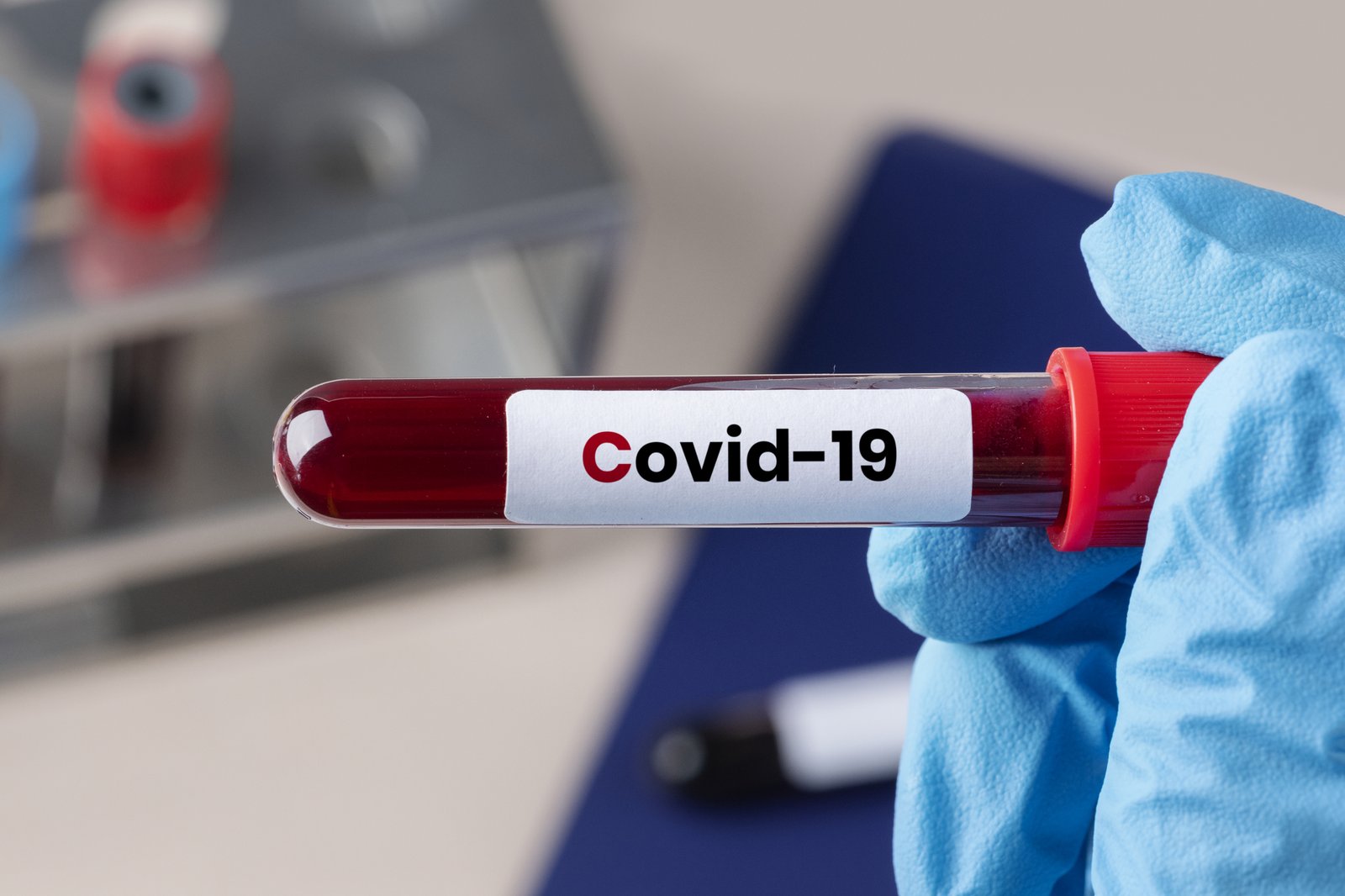On 25 January 2024, Kenneth Eugene Smith was killed in Alabama in the first state sanctioned nitrous oxide execution. In his last moments, he was strapped to a gurney and hooked up to a pulse oximeter, electrocardiography pads, and a full face air respirator. Nitrous oxide was touted as a humane, peaceful execution method that would put people to sleep in mere seconds, followed by a swift and calm death.1 According to witnesses, though, Smith “writhed and convulsed” for minutes, thrashing violently as he seemed to struggle for breath. He was pronounced dead after 28 minutes.23
This method of execution deemed “effective and humane” by Alabama’s attorney general Steve Marshall4 was a last resort after a failed execution attempt on Smith months previously, when the state’s execution team failed to find a vein suitable for lethal injection after two hours of painful attempts.5 Smith’s execution lays bare the entanglement between medicine and capital punishment and requires a re-examination of whether health professionals ought to participate at all.6

It was a physician who invented the lethal injection protocol in 1977 as a means of sanitising the death penalty because the alternatives of the day, including hanging, electrocution, and chemical gassing, were inhumane. Although politicians came up with the idea of using drugs for state sanctioned executions, they had trouble bringing it to fruition because medical associations refused to design a method. Lethal injection executions weren’t codified into law until medical examiner A Jay Chapman suggested that an intravenous drip delivering a barbiturate combined with a chemical paralytic could work—he would recommend adding potassium chloride to stop the heart years later.7
Without performing any scientific study of the proposed protocol, Oklahoma adopted it as their new method of execution.8 Almost immediately afterwards and despite the lack of evidence, most states adopted lethal injection protocols, using Chapman’s combination of an anaesthetic, a paralytic, and a medication that stopped the heart. By 2022, 38 states primarily used lethal injection for capital punishments,9 and the vast majority of states mandated or encouraged physician participation in executions.10
Chapman had predicted numerous inadequacies of the planned lethal injection procedures, including difficulty placing intravenous lines and severe muscle pain when the drugs are given incorrectly.7 As these complications have gone untreated, the medicalisation of executions has unsurprisingly failed to improve outcomes or minimise suffering for people being executed. Lack of standardisation and secrecy around the selection of execution personnel, their requisite skills, and their mandated training have led to executions being performed by people with fewer qualifications than the American Veterinary Medical Association requires for animal euthanasia.1112 Data gathered by the Death Penalty Information Center show that rates of botched executions have increased with medicalisation.13 Legal challenges to lethal injection as cruel and unusual punishment have publicly exposed the participation of physicians in executions.10
Medicalisation of the death penalty has not made executions more humane, and we must ask what purpose it serves to society and why politicians continue to pursue newer methods that seem less cruel. Perhaps the answer has less to do with the wellbeing of people on death row and more to do with concealing the brutality of the death penalty under a guise of civility and legitimacy.
In 2008, the American Medical Association renewed their 1980 disavowal of physician participation in the death penalty, reinforcing their view that “a physician, as a member of a profession dedicated to preserving life . . . should not be a participant in a legally authorised execution.”14 The American College of Correctional Physicians, American College of Physicians, American Public Health Association, American Society of Anesthesiologists, and the World Medical Association have all declared it unethical for physicians to participate in capital punishment—yet US physicians continue to participate.15
Some might argue that withholding medical expertise during the design and enactment of execution protocols increases suffering, as these deaths are compounded and protracted by the mistakes of medically untrained actors. Physician involvement, however, lends undue legitimacy to the death penalty. The medical profession should stand firm against state sanctioned executions, remembering that “physicians are committed to humanity and the relief of suffering; they are entrusted by society to work for the benefit of their patients and the public. This trust is shattered when medical skills are used to facilitate state executions.”16
Smith’s last words were astute: “Tonight, Alabama caused humanity to take a step backwards.” With the execution of Smith, the state has identified yet another way to medicalise execution. Although only seven states so far have approved the use of inert gas asphyxiation, this execution sets a concerning precedent in the US and other states will likely follow suit.3 Physicians must resist state pressure to participate in the increasing medicalisation of executions, because although their participation might be legal, it is far from ethical.
Footnotes
-
Provenance: commissioned, not externally peer reviewed.
-
Competing interests: none declared.










